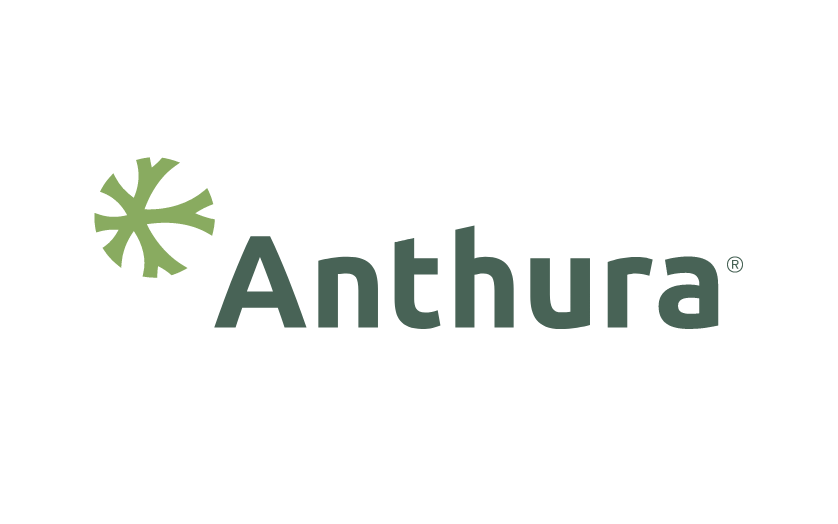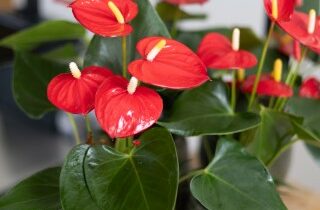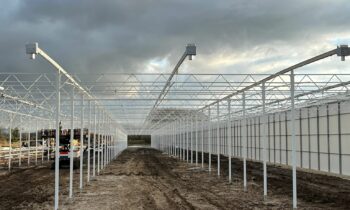When you consider chalking, it is important to determine which goals you want to achieve, such as:
– avoiding an excessive greenhouse temperature;
– avoiding the entrance of too much light (caused by insufficient sun shading);
– preventing uneven light distribution, the so-called ‘light strips’.
Greenhouse temperature
Temperature peaks occur due to a lack of cooling capacity. An increase in temperature is primarily caused by limited or zero air humidification or insufficient shading. It is known that chalk reduces the total temperature peak during the day. The infrared light that causes warming is excluded from the greenhouse. This causes the greenhouse to heat up less in comparison with a greenhouse that is not chalked, where heat radiation does enter! The difference between chalking or not can amount to 1°C-1.5°C over the total 24-hour period and in the middle of the day the difference can amount to 3°C-4ºC. These differences play an important role if you want to keep the greenhouse as cool as possible to achieve a more even cultivation planning! Shading agents that work well for this purpose are La Blanche®, Redusol® and Q4 White ®, amongst others.
There is also a chalking method to eliminate the heat, but keep the growing light. These are generally applied in thin layers to reduce the peak of heat. A suitable product is Reduheat®.
Too much light
When the light values are too high using one, two or three closed screens, we recommend spraying a chalk product on the greenhouse to reduce the light peak. There are different products available and the choice of a particular product depends on the amount of light that has to be filtered out. Apart from the products mentioned earlier, there are also some possibilities with other products that filter out the light as well as distributing it. Distributing the light is the same as making it diffuse. Consider the coating agents D-Fuse®, Optifuse® and Redufuse® (+IR).
Uneven light distribution
Light strips are strips of light caused by an uneven incidence of light in the greenhouse. When the pursuit of higher light levels is limited by light strips in the greenhouse, it is recommended to start working with diffuse (chalk) coatings. This method removes a minimum of light, but you do break up the incoming light. The advantage is that you can increase the peak value of the light by making the light diffuse, which also means the total light sum is higher. Coatings that work well for this are D-Fuse®, Optifuse® and Redufuse® (+IR).
This article has been prepared with the cooperation of Bureau IMAC. Anthura and Bureau IMAC cannot be held responsible for any damages, whether direct or indirect, resulting from the use of the cultivation advice given.
Optional (depending on the article)
- The grower is at all times responsible for consulting the label of crop protection products.
- The cultivation information provided is geared towards Dutch growing locations.







